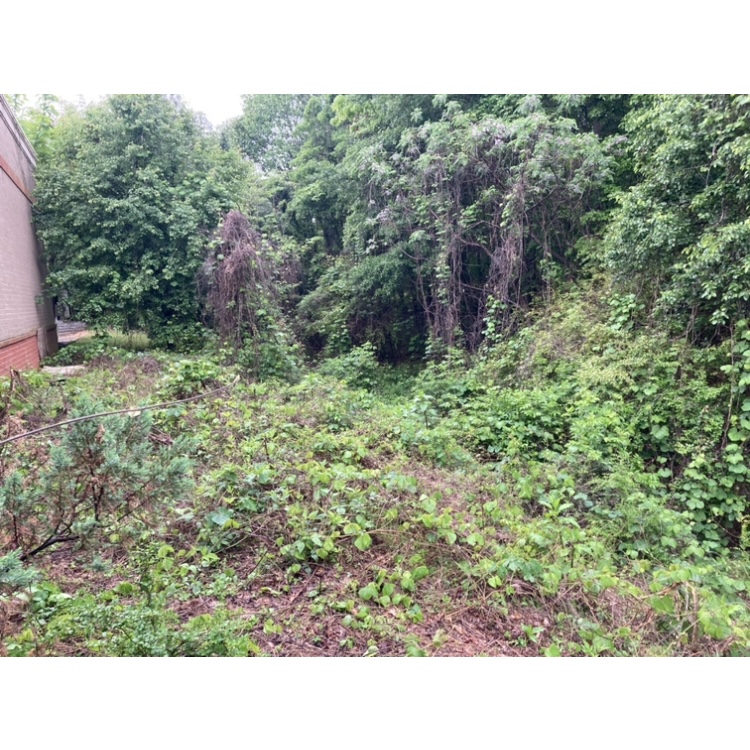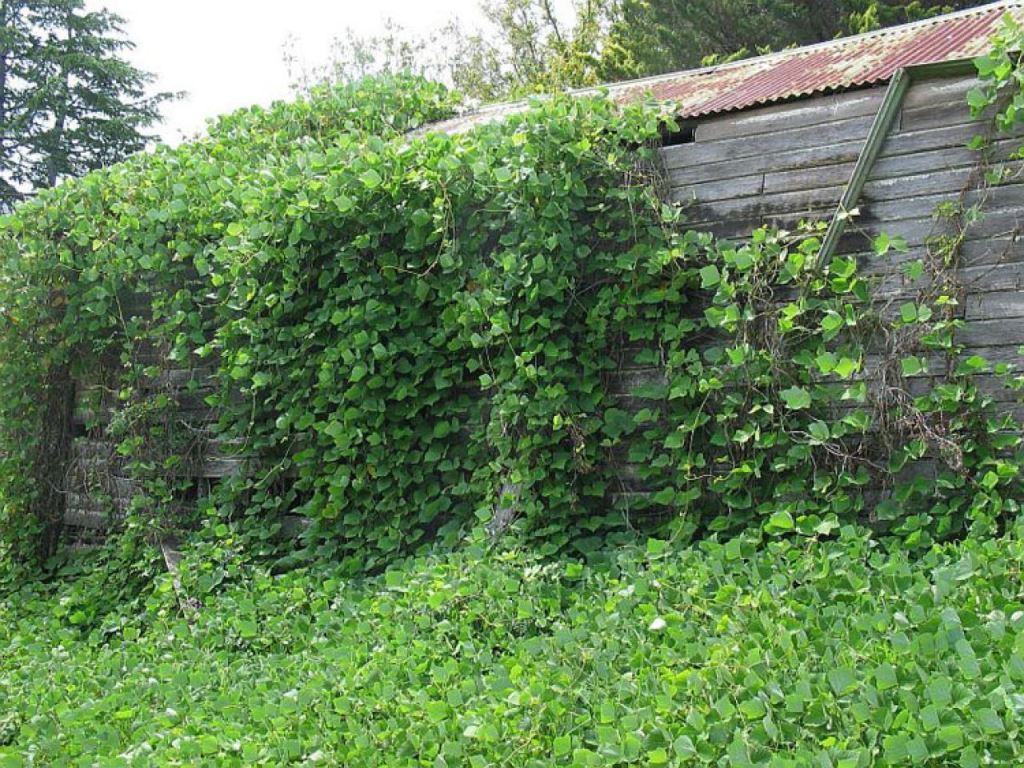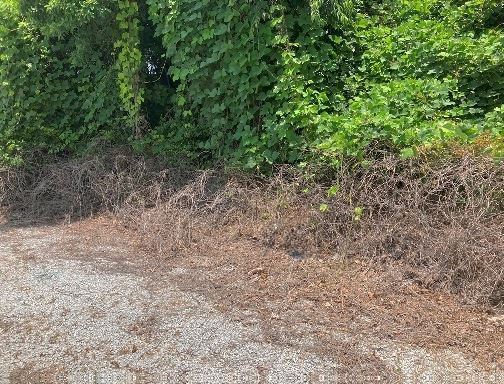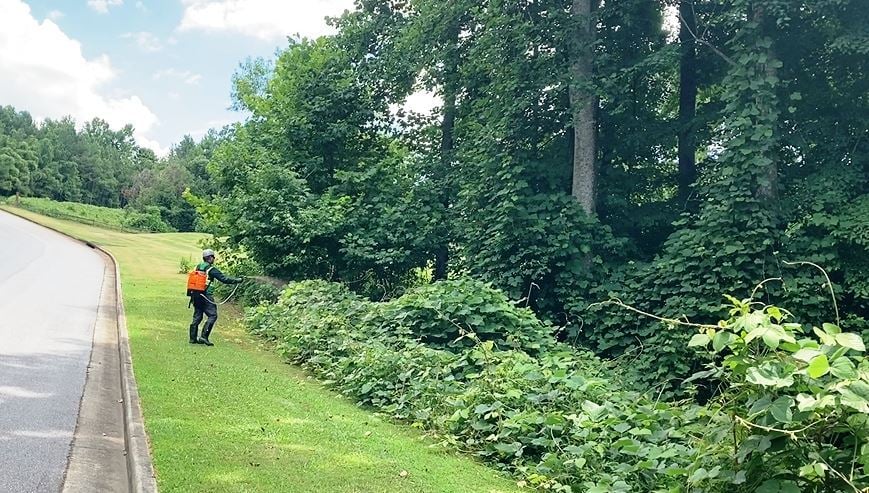
2025 Roadside Kudzu Control
VegClear Kudzu Control at Office Park Entrance
Selective foliar-only application

You Are Here: VegClear Home > Services > How to Get Rid of Kudzu

2025 Roadside Kudzu Control
Selective foliar-only application
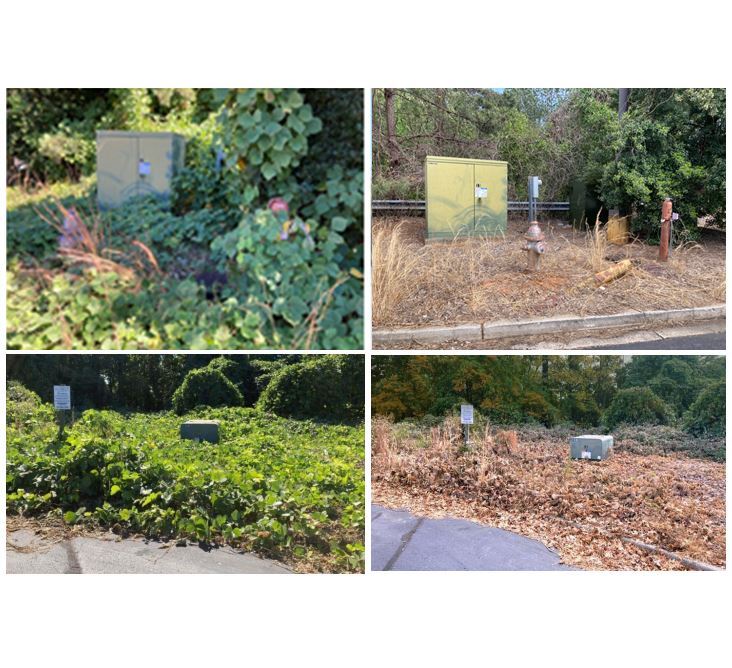
2022 Commercial Kudzu Treatment
Two part herbicide tank mix
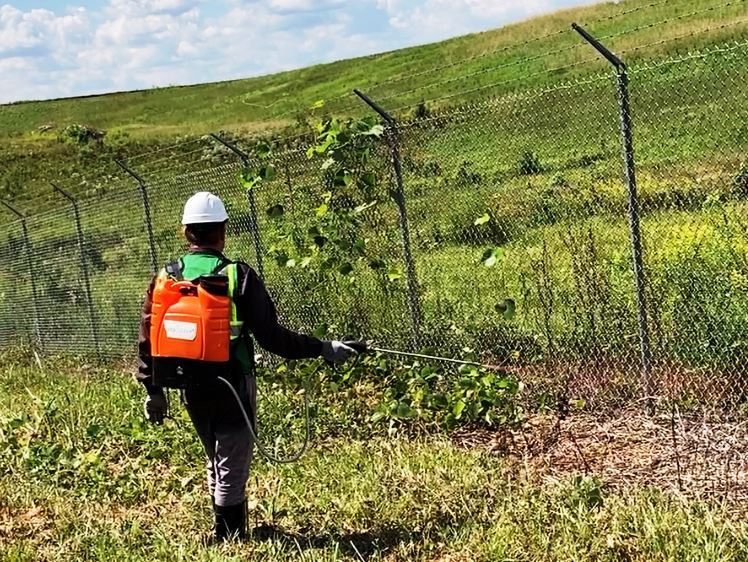
2023 Perimeter Kudzu Control
Selective Woody Vegetation Control
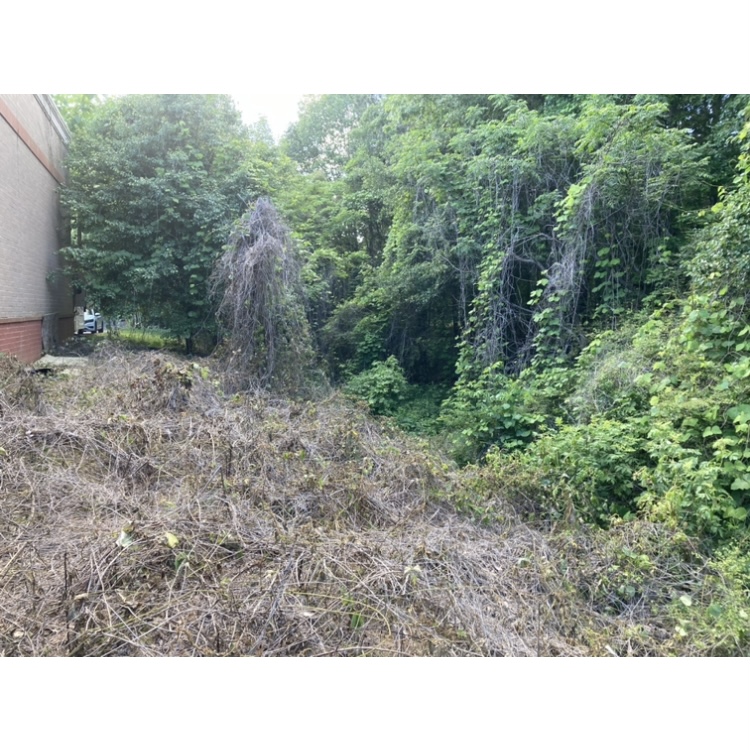
2021 Industrial Park Property
Total Vegetation Control Spray
Top Kudzu Abatement Strategies
Kudzu (Pueraria montana) is a semi-woody, trailing or climbing, perennial invasive vine native to Eastern continents and has grown largely uncontrolled across Georgia and the US since its introduction. It was initially deemed an erosion controller. Many decades later it became, and is currently known, as quite the opposite. Due to its smothering capabilities of native vegetation, kudzu causes enormous damage to Georgia Commercial Property, the Southeast US and Midwest terrain.
If attempting to control kudzu by mowing or cutting in Georgia, every vine must be cut to the ground, which is difficult for mowers and line trimmers, as many vines lie flat on the ground. Simply cutting it back (pruning or trimming) to keep it out of the lawn or at the property perimeter will not provide long-term control. Additionally, repeated cutting or mowing must continue until the plant no longer regrows. This eradication technique may take up to three full years of repeated mechanical cutting every 7-10 days during Georgia summers. Since kudzu can tolerate occasional mowing or trimming, an aggressive commercial herbicide application program is usually necessary because Kudzu does not tolerate persistent defoliation to the ground. If starting a mowing or cutting effort lacking follow through herbicide applications, it will regrow. It is best to hire a competent industrial vegetation management contractor to fully eradicate kudzu from your commercial site. VegClear kills Kudzu on your commercial property strategically and professionally, with a long term focus on eliminating Kudzu root crowns at the source.
For foliar (leaf/spray) contact treatment, optimal spray application timing is in the late summer and early fall. However, a single annual treatment is insufficient if the goal is complete control. The ideal approach to treating kudzu is to begin in the late spring or early summer after the leaves have fully expanded. Then apply a second treatment in the late summer or early fall to new growth that has emerged after the first weed killer application treatment. This will be more effective than waiting until the late summer in Georgia to start a control program. As a follow up to the initial spring or summer treatment, late summer or fall is very effective, especially when herbicides are strategically applied to newer growth as these leaves are the most absorbent on the vine and carry the chemicals systemically to the roots. A thorough program will consist of two to three years of consistent treatment and will rely on both mechanical and chemical strategies.
"Cut stump" treatments are most effective to apply when the kudzu root crowns can be readily located, either during the dormant season, or in springtime after an initial foliar leaf spray has successfully burned down significant amounts of foliage that otherwise provide cover for the root crown locations. Timing is generally appropriate in the spring when new vine growth is initiated or after an initial herbicide treatment, when new sprouts begin growing. Root crowns are difficult to find after full leaf out in the spring on untreated commercial property.
Herbicides available today require multiple treatments to completely kill kudzu. However, with repeated treatments, the younger, smaller roots can be killed. Older kudzu growth may require many years of herbicide treatment to be completely killed, and results are best when applications are done routinely, multiple times per growing season, and combined with mechanical cutting and follow up cut stump sprays. Additionally, eliminating the older plants by identifying their location following initial treatment as soon as they begin to sprout is a best practice. These can then be physically removed or individually treated using the basal bark and/or cut stump method with herbicide to kill kudzu on your commercial site.
Agriculture settings including livestock and poultry farms require a specific approach that requires thorough evaluation of herbicide products. Additionally, construction projects involving complete removal and treatment of the upper layer of topsoil will sometimes control existing kudzu. However, if any topsoil containing untreated roots is reused, regraded or left on the parcel (as it typically is), most kudzu roots will sprout and begin to re-infest the site if not property mitigated with a holistic industrial vegetation control program. Aggressive herbicide treatments are usually necessary on vacant sites before ground breaking, throughout construction, and after building, for complete eradication.
